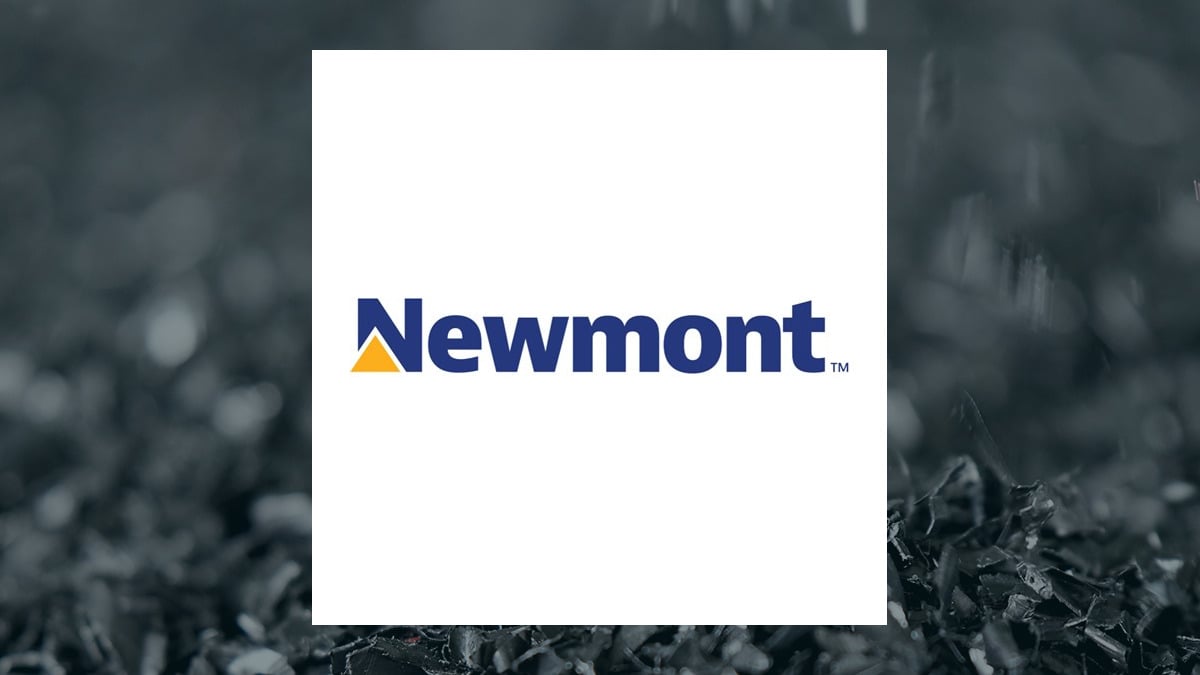
Indrajit Agarwal , Senior Research Analyst, CLSA , says there are three or four levers of cost savings. One is higher renewable power usage, second is lower lead distances, third is improving the mix of cement, etc. All those things will lead to profitability improvement.
In an environment where the top few players are focusing on both cost savings and market share gain, pricing would be very difficult to come by and that is where larger cement players with better volume growth visibility and cost saving outlook are likely to fare much better than the smaller or regional players. What have been your key takeaways for materials as a sector? Indrajit Agarwal : If you look at the sector, what has happened in the past few years and also year to date, we have been in the midst of a structural upcycle driven by all the levers, be it infrastructure, housing, property market, whatever you call it. However, the last six months effectively has been a perfect storm.
We have had a confluence of three events which has led to a significant weakness in the demand environment. First and foremost, we had the elections which generally leads to a softness in demand. Second, monsoons were harsher and much more extended which led to a slowdown in construction activity.
Third, the overall weakness in consumer sentiment. All that has led to a much softer demand across the materials category – be it cement, or building materials. But we are poised for a very strong second half even on a stronger base.
As prices stabilise, as demand picks up again and government capex picks up as well, the upcycle in demand will likely take off soon in the next few months. Since we are just out of the earnings season , how do you assess the Q2 earnings for the sector as a whole and how is the second half of the year expected to pan out and perform? Indrajit Agarwal: If you look at the second quarter, it has been marred by two key things. One, we have seen demand weakness.
Overall if I look at cement, demand would have fallen by close to a low single digit. Steel would have held up slightly better. But other than that, most of the building materials, pipes, wires, most of the consumer facing or infrastructure facing segments have seen softness in demand.
Stock Trading ROC Made Easy: Master Course for ROC Stock Indicator By - Souradeep Dey, Equity and Commodity Trader, Trainer View Program Stock Trading Technical Analysis for Everyone - Technical Analysis Course By - Abhijit Paul, Technical Research Head, Fund Manager- ICICI Securities View Program Stock Trading Introduction to Technical Analysis & Candlestick Theory By - Dinesh Nagpal, Full Time Trader, Ichimoku & Trading Psychology Expert View Program Stock Trading Technical Analysis Made Easy: Online Certification Course By - Souradeep Dey, Equity and Commodity Trader, Trainer View Program Stock Trading Point & Figure Chart Mastery: A Comprehensive Trading Guide By - Mukta Dhamankar, Full Time Trader, 15 Years Experience, Instructor View Program Stock Trading Options Scalping Made Easy By - Sivakumar Jayachandran, Ace Scalper View Program Stock Trading Commodity Markets Made Easy: Commodity Trading Course By - elearnmarkets, Financial Education by StockEdge View Program Stock Trading Cryptocurrency Made Easy: Cryptocurrency Course By - elearnmarkets, Financial Education by StockEdge View Program Stock Trading Options Trading Made Easy: Options Trading Course By - Anirudh Saraf, Founder- Saraf A & Associates, Chartered Accountant View Program Stock Trading Candlesticks Made Easy: Candlestick Pattern Course By - elearnmarkets, Financial Education by StockEdge View Program Stock Trading A2Z of Stock Trading - Online Stock Trading Course By - elearnmarkets, Financial Education by StockEdge View Program Stock Trading Market 103: Mastering Trends with RMI and Techno-Funda Insights By - Rohit Srivastava, Founder- Indiacharts.com View Program Stock Trading Complete Guide to Stock Market Trading: From Basics to Advanced By - Harneet Singh Kharbanda, Full Time Trader View Program You Might Also Like: Market momentum weak, H2 expected to be better: Dhananjay Sinha In addition to that, volatility in input costs, copper, aluminium, PVC has led to softness in margins and soft demand has meant that profitability could not be improved by passing on the higher prices to the consumers. As we are heading to the second half, while October has been soft given both Dussehra and Diwali fell in the same month, November onwards we should see demand picking up.
In addition to that, with improved demand and some bit of price uptake in few commodities, earnings would likely be better sequentially but nothing blockbuster as yet. I am more hopeful of FY26 to be a much stronger year rather than the second half of FY25. Another point that I wanted to ask you is how to view the China factor and its impact on the global commodity market because Chinese stimulus measures have not lived up to the expectations.
I wanted your thoughts on whether the Chinese economy is headed and its impact on the global commodity market, how do you foresee this? Indrajit Agarwal: It is very relevant at this point in time. I would break it down into the ferrous that is the steel space and the non-ferrous that is the base metal space. If I look at the ferrous particularly, without a strong sustaining stimulus in China which has so far been absent and without an uptick in the property market, the ferrous space could remain challenged for the near term.
There is a significant amount of overcapacity in China; currently the exports are clocking close to 80 million tonne annualised, very similar to what they did in the gluts of 2015-16. This would keep regional and global spreads lower for longer and would weigh on profitability of Indian steel companies as well. As a house, the stimulus is just the first step in that direction.
As we head into the next year, we could see more stimulus measures and that could lead up to a very strong demand environment, but till the time that actually fructifies on ground, we are unlikely to see steel spreads improving. On the other hand, if I look at base metals particularly aluminium, demand-supply balance while it is more or less balanced, the cost support is significantly more there. We continue to see sporadic disruptions in the feedstock, be it bauxite or alumina that led to the cost curve moving up.
In addition to that, over the weekend the announcement by China to curb exports of aluminium could also lend support. So, net-net we are more positive on the non-ferrous space than the ferrous space and overall, in the material sector we would prefer more inward-looking companies which are more exposed to domestic demand than things which are linked to China in terms of commodity spreads. You Might Also Like: Aditya Birla Group makes USD 20 bn investment as it sets eyes on scaling biz: KM Birla How do you view the impact of the macro challenges of inflation, slowdown in urban consumption on the domestic appliance industry and do you believe that the medium-term story remains intact? Indrajit Agarwal: If you look at penetration level for most appliances in India, it is significantly much lower than what we have in global averages.
We tend to compare a lot of times with China, but even if you look at some of the other emerging economies, be it Indonesia, Mexico, India's penetration in most categories is much lower, that gives you a long runway for growth. In addition to that, what we are seeing is that the per capita income is rising gradually and the current per capita income of close to $2000-2500 is where we generally see the inflection point and leads to an uptick in the consumption of these commodities. An interesting trend that we are seeing in most of the appliances categories today is a trend of premiumisation where premium categories are doing much better, pick any category be it televisions, refrigerators, washing machines, air conditioners, even so much so as water coolers.
So, companies which are more focused on premiumisation are likely to do much better and that is a trend we think is going to keep picking up as the aspiration of the middle class rises. Also wanted your thoughts on the intensifying competition and the consolidation in the cement sector because prices have barely moved higher over the last seven to eight years. What is your view on the cement sector over the medium term, especially for the top five players.
Indrajit Agarwal: I think if I break it down into three aspects – volume growth, pricing, and costs – I think volume growth for the larger few players will consistently be much better than the smaller players. The larger players will continue to gain market share not just by way of consolidation but also organically because they will continue to expand their reach. However, on pricing what we are observing is absolutely correct.
In the last few years, we have hardly seen price increases. But if you look at the last 15-20 years, cement prices have always grown much lower than inflation. In the last 20 years, average cement price increase has been 3-3.
5% and profitability improvement has been more driven by cost savings. As a house, we believe that is going to happen in the next few years as well. You Might Also Like: Nifty target@22,800 by year-end; we are in the middle of a 3-6 month consolidation, says CLSA’s Laurence Balanco There are three or four levers of cost savings.
One is higher renewable power usage, second is lower lead distances, third is improving the mix of cement, etc. All those things will lead to profitability improvement. And in an environment where the top few players are focusing so much more on both cost savings and market share gain, pricing would be very difficult to come by and that is where larger players with better volume growth visibility and cost saving outlook are likely to fare much better than the smaller or regional players.
(You can now subscribe to our ETMarkets WhatsApp channel ).














